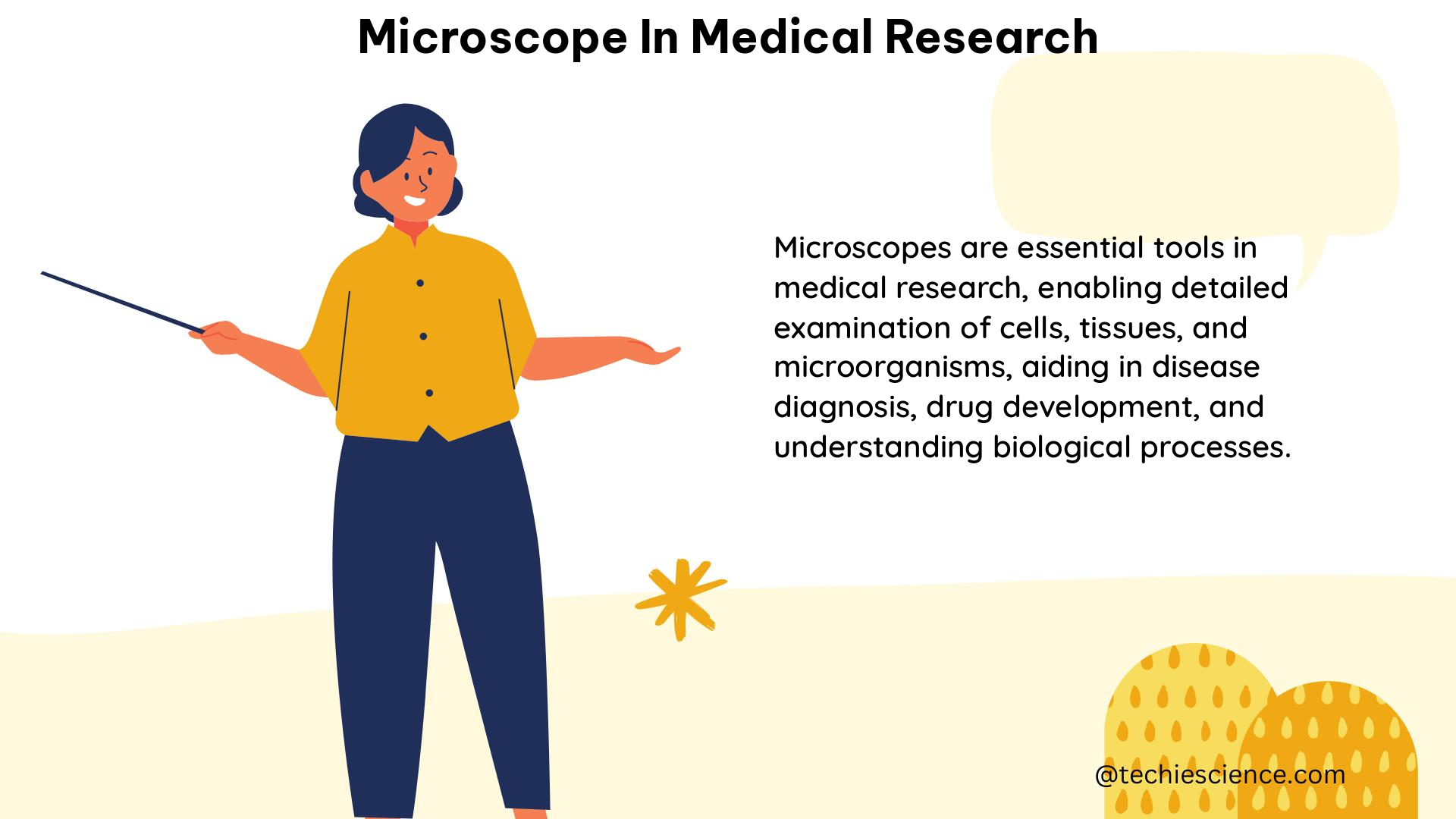Microscopy is a crucial tool in medical research, enabling the observation and measurement of structures and processes at the cellular and subcellular level. This comprehensive guide delves into the key measurable and quantifiable aspects of microscopy in medical research, providing a detailed exploration of the underlying physics and practical applications.
Resolution: Pushing the Limits of Visibility
The resolution of a microscope, which determines its ability to distinguish between two nearby points, is a fundamental parameter in medical research. The Abbe diffraction limit formula, d = λ / (2 * NA), where d is the resolution, λ is the wavelength of light used, and NA is the numerical aperture of the objective lens, governs this crucial aspect of microscopy. By carefully selecting the appropriate wavelength and numerical aperture, researchers can optimize the resolution of their microscopes to observe the finest details of their samples.
Magnification: Enlarging the Unseen

Magnification, the degree to which a microscope enlarges the image of a sample, is another essential factor in medical research. Expressed as a ratio, such as 100x or 400x, the magnification of a microscope can be measured by comparing the size of the image produced by the microscope to the actual size of the sample. Understanding and controlling the magnification of a microscope is crucial for accurately interpreting the observed structures and processes.
Contrast: Revealing the Subtle Differences
The ability of a microscope to distinguish between different parts of a sample, known as contrast, is influenced by various factors, including lighting conditions, sample properties, and the characteristics of the microscope itself. Contrast can be measured in terms of the difference in intensity between two adjacent areas of the image, allowing researchers to enhance the visibility of specific features and structures within their samples.
Field of View: Capturing the Bigger Picture
The area of the sample that is visible through the microscope at a given magnification is known as the field of view. Measured in terms of the diameter of the visible area, the field of view is an important consideration in medical research, as it determines the scope of observation and the ability to capture the necessary context for the structures and processes under investigation.
Depth of Field: Maintaining Focus
The distance over which the image of a sample remains in focus, known as the depth of field, can be calculated using the formula DOF = 2 * λ * (N^2 + 1) / (NA^2), where DOF is the depth of field, λ is the wavelength of light used, N is the numerical aperture of the objective lens, and NA is the numerical aperture of the condenser lens. Controlling the depth of field is crucial for ensuring that the relevant features of the sample remain in focus during observation and analysis.
Signal-to-Noise Ratio: Enhancing the Signal
The ratio of the signal from the sample to the noise in the image, known as the signal-to-noise ratio, can be calculated using the formula SNR = (S / N)^2, where SNR is the signal-to-noise ratio, S is the signal from the sample, and N is the noise in the image. Maximizing the signal-to-noise ratio is essential for obtaining high-quality, reliable data from microscopy experiments, as it ensures that the observed features and processes are clearly distinguishable from background noise.
Dynamic Range: Capturing the Full Spectrum
The range of intensities that a microscope can detect, known as the dynamic range, is another important factor in medical research. By carefully controlling and measuring the dynamic range of a microscope, researchers can ensure that they are capturing the full spectrum of intensity variations within their samples, enabling more accurate and comprehensive analysis.
Practical Applications and Examples
To illustrate the practical application of these concepts, let’s consider some examples:
-
Resolution Calculation: A microscope using red light with a wavelength of 650 nm and an objective lens with a numerical aperture of 1.3 has a resolution of 248 nm, calculated using the Abbe diffraction limit formula.
-
Depth of Field Calculation: A microscope using green light with a wavelength of 550 nm and an objective lens with a numerical aperture of 1.4, combined with a condenser lens with a numerical aperture of 0.9, has a depth of field of 0.89 μm, calculated using the depth of field formula.
-
Signal-to-Noise Ratio Calculation: A microscope produces an image with a signal-to-noise ratio of 100, which means the intensity of the signal from the sample is 10 times the intensity of the noise in the image.
By understanding and applying these principles, researchers in the medical field can leverage the power of microscopy to gain unprecedented insights into the structures and processes that underlie health and disease, ultimately driving advancements in medical research and patient care.
References
- Carpenter, A. (2017). Quantifying microscopy images: top 10 tips for image acquisition. Carpenter-Singh Lab.
- Caballero, S. C., Cuber, A., Burden, J. J., & Uhlmann, V. (2023). Made to measure: an introduction to quantifying microscopy data in the life sciences. Wiley Online Library.
- Chen, L., & Murphy, R. F. (2002). Digital image processing in fluorescence microscopy. Journal of Microscopy, 217(1), 1-13.
- Pawley, J. B. (2006). Handbook of biological confocal microscopy. Springer Science & Business Media.
- Russ, J. C. (2011). The image processing handbook. CRC Press.

The lambdageeks.com Core SME Team is a group of experienced subject matter experts from diverse scientific and technical fields including Physics, Chemistry, Technology,Electronics & Electrical Engineering, Automotive, Mechanical Engineering. Our team collaborates to create high-quality, well-researched articles on a wide range of science and technology topics for the lambdageeks.com website.
All Our Senior SME are having more than 7 Years of experience in the respective fields . They are either Working Industry Professionals or assocaited With different Universities. Refer Our Authors Page to get to know About our Core SMEs.